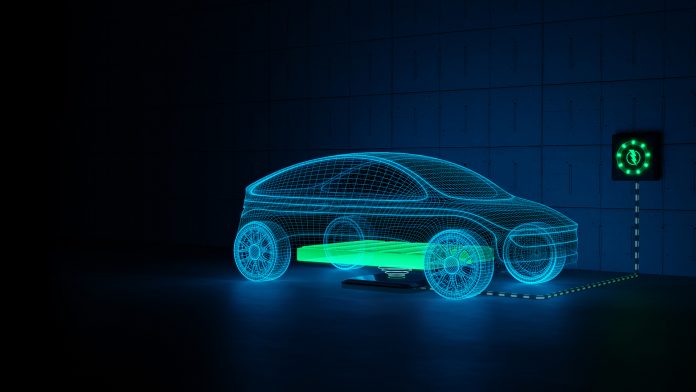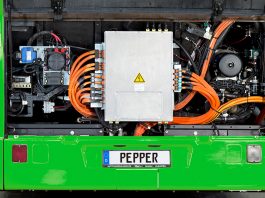The development of wireless charging systems for electric vehicles (EVs) has slowly increased over the last decade. Recent innovations rely on the principle of resonant inductive coupling to achieve wireless power transfer (WPT) from a ground-based pad to a vehicle-fitted pad.
A report by IDTechEx details how the need to plug in EVs will be gradually phased out, with drivers simply needing to align their vehicles with the ground pad for automatic wireless charging.
The report, titled ‘Wireless Charging Market for Electric Vehicles 2023-2033: Technology, Players and Forecasts,’ found that the market for wireless EV charging infrastructure will reach over $6bn by 2033. The report also covers the enabling technology, componentry breakdown, safety metrics (with a focus around standardisation), and efficiency analysis of commercially deployed systems.
Integrating wireless EV charging into everyday life
Several automakers are evaluating wireless charging systems, while working with technology suppliers to integrate them.
The earliest pioneer of the technology was BMW, who rolled out factory-fitted wireless charging hardware before sales declined in volume. More recently, Hyundai, FAW, and IM Motor have announced models that are wireless charging enabled.
The market is also seeing investment from auto OEMs like Volvo, Jaguar, and Renault, and Tier 1 suppliers like Siemens, Mahle, and Magna. There are a number of companies jostling to be the dominant player in the wireless EV charging space, including WiTricity, Hevo, Wave, IPT Technology, Momentum Dynamics, and many more.
Each competitor’s technology systems are intended for different applications, meaning that there are enough business opportunities for an array of companies in the wireless charging market.
The wireless road ahead
Wireless charging allows fleets to adapt their charging events to their existing business workflows, with short opportunistic charging sessions throughout the operational day. This means that vehicles can carry smaller batteries and remain in service for longer.
Top-up charging along a route also means a fleet’s energy demand is spread over time and space, reducing electric consumption at the fleet’s hub. The IDTechEx report takes a deep dive into the commercial operation of such fleet vehicles and analyses the battery downsizing potential, TCO comparison with plug-in infrastructure, and wireless V2G possibilities.
The research found that the private luxury passenger car segment will adopt wireless EV technology, due to its added convenience. Commercial vehicles such as taxis, vans, and buses which can charge opportunistically and remain in service longer, will follow. The emerging autonomous segment will also be very likely to utilise this technology in the future, since it requires zero human intervention, but early deployments will rely on conductive, cable-based solutions.
Overall, Wireless EV charging will play a key role in developing the overall network of EV charging infrastructure alongside Level 1 and 2 AC charging, and Level 3 DC fast charging. It will be a complementary solution to support the growing population of zero-emission light, medium, and heavy-duty vehicles. It offers tremendous opportunities for Auto OEMs, Tier 1 suppliers, and fleet operators.
However, right now, the price is much higher than cable-based solutions, with players betting on larger volumes to bring down prices significantly in the future. This requires wider market acceptance which raises several key questions, such as: would it be powerful and efficient enough to charge all types of vehicles? What are the additional components needed? What is the state of commercialisation? Is it safe to operate? The IDTechEx report delves further into these crucial questions, forming part of their broader electric vehicle and energy storage research.









